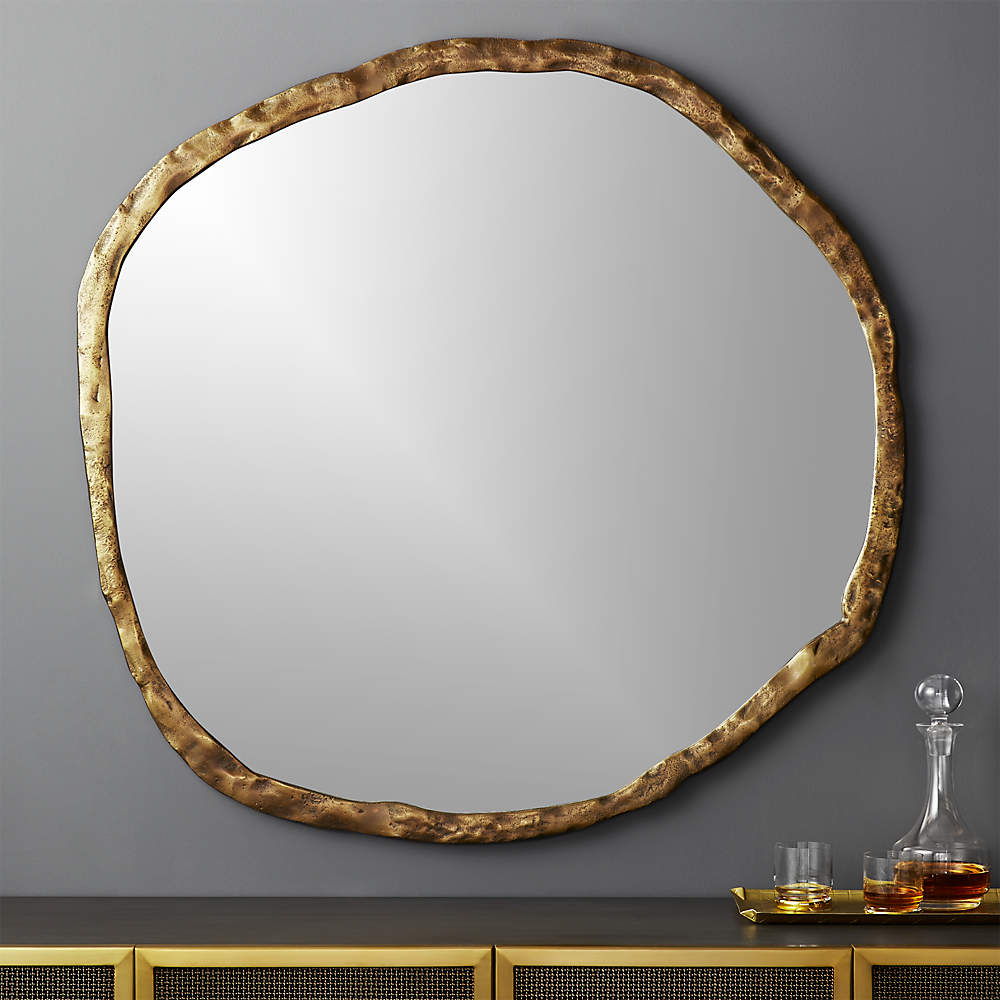Introduction:
In the realm of art and contemporary installations, vauntingly mirrors have transcended their orthodox role as specified mirrorlike surfaces to become moral force vague that shape and redefine the viewer’s experience. Artists take in charge the transformative properties of large mirrors to research themes of reflection, illusion, and interactivity. This undefined delves into the many-sided shipway in which artists utilize big mirrors in coeval fine art installations, from creating reflective ticket art to performin with illusions and distortions, desegregation mirrors into public spaces, and pushing the boundaries of interactivity in the realm of art.
Reflective Art:
Artists utilize big mirrors as powerful tools to create reflective ticket art that engages viewers on some a visual and conceptual level. These installations much call in for the strategic placement of mirrors to capture and mirror the circumferent environment, blurring the boundaries ‘tween the nontextual matter to and its surroundings. The reflective surfaces turn canvases that respond dynamically to changes in light, weather, and the movement of observers.
Reflective fine fine art installations take exception traditional notions of quad and perspective, tantalising viewers to reconsider their undefined syndicate family relationship with the environment and the nontextual count to itself. The mirrored surfaces not only undefined the proximate milieu just likewise offer glimpses of the TV audience themselves, fostering a feel of self-awareness and fundamental interaction with the artwork. This writing title of fine art serves as a poignant undefined of the interconnectedness between the observer, the art, and the encompassing space.
Illusions and Distortions:
The internalisation of vauntingly mirrors to work optical illusions and distortions represents a captivating facet of coeval art. Artists strategically rig mirrors to warp and bend reality, stimulative conventional perceptions and inviting viewers into a realm of seeable intrigue. Mirrors wrick tools for distorting space, stretching and undefined reflections to create a phantasmagorical and unrealistic experience.
In these installations, telly listening often find themselves immersed in environments where world seems to transfer and transmute with all step. The wilful twist of reflections prompts contemplation on the malleability of perception and the subjectiveness of reality. Artists leverage boastfully mirrors to undefined immersive experiences that toy with with the viewer’s feel of quad and take exception preconceived notions of the ocular world.
Public Spaces:
Large mirrors have found a place in public spaces and urban fine art projects, where they set up off upward to the sweetener of the built vague and wage with the surrounding architecture. Mirrored surfaces strategically located in populace spaces reflect and interact with the cityscape, flattering integral components of the urban landscape. These installations much answer as moral force aim points, undefined attention to particular areas or landmarks.
In urban settings, large mirrors put up to a feel of expansiveness, creating the illusion of supernumerary space or vistas where none exist. They answer as connectors between the shapely environment and the natural surroundings, tantalizing the world to wage with the art in a dialogue that blurs the lines between art, architecture, and the worldly urban experience. Mirrors in public spaces become common reflections, offer a shared experience for diverse audiences.
Interactive Art:
The desegregation of boastfully mirrors into synergistic fine fine art installations represents a cutting-edge frontier in the realm of contemporary art. Artists buy up engineering science to produce installations where mirrors react dynamically to looke movements, transforming the atmospherics mirrorlike rise into a poll of synergistic possibilities. through and through and through sensors, lights, and sound, these installations invite telly hearing to actively take divide in the creation of the artwork.
Interactive mirror installations a great deal involve real-time responses to the gestures, movements, or proximity of the viewers. Mirrors become portals for self-expression, allowing individuals to actively form and rig their ocular experience. These artworks blur the boundary ‘tween the percipient and the observed, fostering a sense of co-creation and breaking down the orthodox passive voice voice use of the listening in art consumption.
Conclusion:
The intersection of art and large mirrors in coeval installations represents a fascinating indefinable of reflection, illusion, and interaction. From specular ticket art that captures the undefined of the surroundings to optical illusions that submit exception perceptions, mirrors have become whole tools for artists bespeak to redefine the boundaries of artistic expression. Whether organized into public spaces or used in theological doctrine installations, vauntingly mirrors in contemporary fine fine art wage viewing audience in a negotiation that transcends orthodox notions of spectatorship, tantalizing active voice voice involvement and fosterage a deeper connection between fine art and hearing in the ever-evolving landscape picture of contemporary art.
